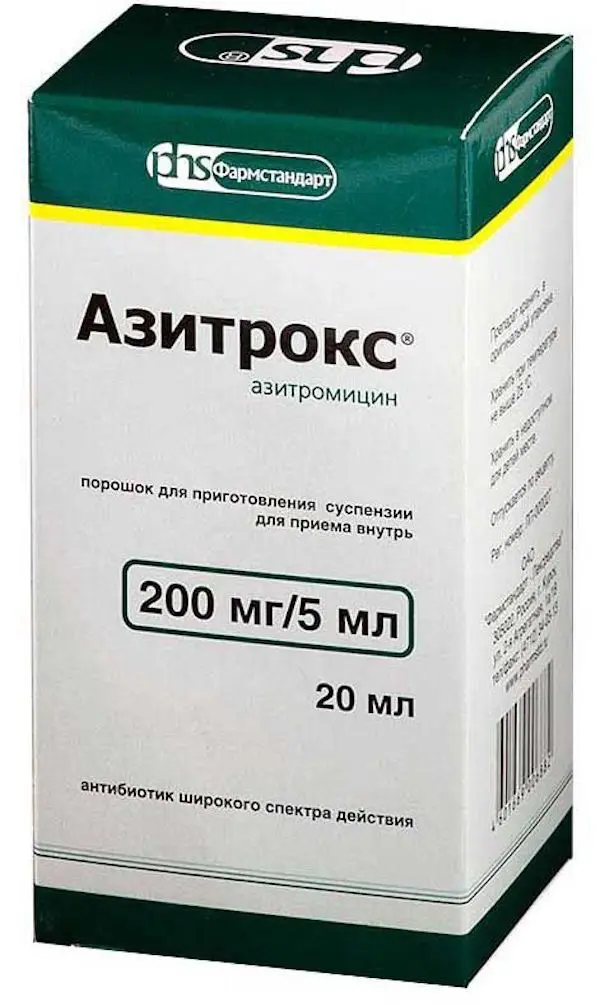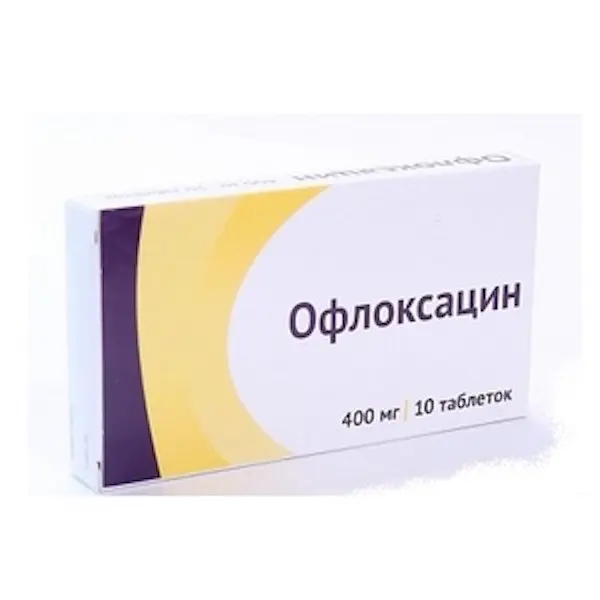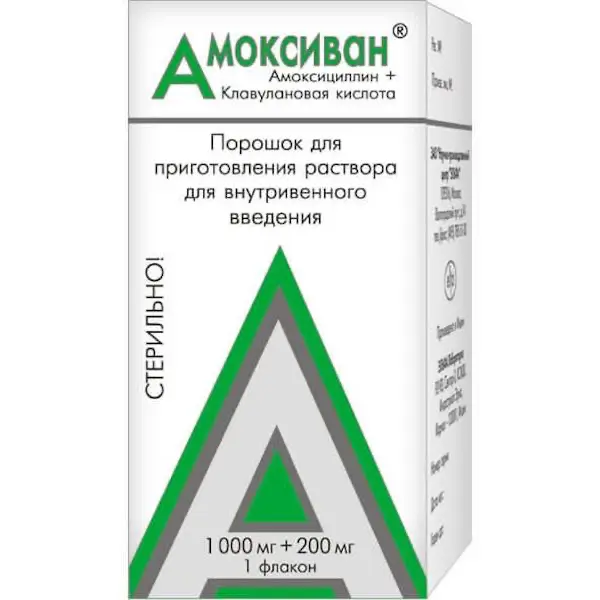Description
Azitrox Pharmacodynamics
Azithromycin is a bacteriostatic broad-spectrum antibiotic of the macrolide-azalide group. It has a broad spectrum of antimicrobial action. Azithromycin mechanism of action is related to inhibition of microbial cell protein synthesis. Binding to 50S-subunit of ribosome, it inhibits peptide translocase at the translation stage and inhibits protein synthesis, slowing down bacterial growth and reproduction. At high concentrations it has a bactericidal effect.
It is active against a number of Gram-positive, Gram-negative, anaerobic, intracellular and other microorganisms.
Sensitive microorganisms: aerobic gram-positive microorganisms – Staphylococcus aureus (methicillin-sensitive strains), Streptococcus pneumoniae (penicillin-sensitive strains), Streptococcus pyogenes, Streptococcus spp. (group C, F and G); aerobic gram-negative microorganisms – Haemophilus influenzae, Haemophilus parainfluenzae, Legionella pneumophila, Moraxella catarrhalis, Pasteurella multocida, Neisseria gonorrhoeae; anaerobic microorganisms – Clostridium perfringens, Fusobacterium spp, Prevotella spp., Porphyriomonas spp.; other microorganisms – Chlamydia trachomatis, Chlamydia pneumoniae, Chlamydia psittaci, Mycoplasma pneumoniae, Mycoplasma hominis, Borrelia burgdorferi.
Microorganisms with acquired resistance to azithromycin: aerobic gram-positive microorganisms – Streptococcus pneumoniae (penicillin-resistant strains and strains with medium sensitivity to penicillin).
Microorganisms with natural resistance to azithromycin: aerobic gram-positive microorganisms – Enterococcus faecalis, Staphylococcus aureus (methicillin-resistant strains), Staphylococcus epidermidis (methicillin-resistant strains); anaerobic microorganisms – Bacteroides fragilis.
Cases of cross-resistance in Streptococcus pneumoniae, Streptococcus pyogenes (group A beta-hemolytic streptococcus), Enterococcus faecalis and Staphylococcus aureus (including methicillin-resistant strains) to erythromycin, other macrolides, Lincosamides and azithromycin have been described.
Sensitivity scale of microorganisms to azithromycin (Minimum inhibitory concentration (MIC), mg/L)
Microorganisms (MIC, mg/l)
Staphylococcus spr.: sensitive – not more than 1, resistant – more than 2
Streptococcus A, B, C, G: sensitive – not more than 0.25, resistant – more than 0.5
Streptococcus pneumoniae: sensitive – not more than 0.25, resistant – more than 0.5
Haemophilus influenzae: susceptible – not more than 0.12, resistant – more than 4
Moraxella catarrhalis: sensitive – not more than 0.5, resistant – more than 0.5
Neisseria gonorrhoeae: sensitive – not more than 0.25, resistant – more than 0.5
Indications
Infectious-inflammatory diseases caused by microorganisms sensitive to azithromycin, including:
– Upper respiratory tract and ENT organs, including pharyngitis/tonsillitis, sinusitis, otitis media;
– Lower respiratory tract infections, including acute bronchitis, exacerbation of chronic bronchitis and community-acquired pneumonia;
– Genitourinary tract infections caused by Chlamydia trachomatis (urethritis, cervicitis);
– Skin and soft tissue infections (moderate acne, rye, impetigo, secondary infected dermatoses);
– Lyme disease – initial stage (erythema migrans);
Contraindications
Hypersensitivity to azithromycin, other macrolides (including erythromycin, ketolides) or other drug components; severe hepatic impairment (no data on efficacy and safety); sucrose/isomaltase deficiency, fructose intolerance, glucose-galactose malabsorption; children under 6 months; breastfeeding; simultaneous administration of ergotamine and dihydroergotamine.
Dosage and administration.
- Taken orally, 1 hour before or 2 hours after a meal, once a day.
For the preparation of the suspension in a vial with powder add water (distilled or boiled and cooled) in an amount of 9.5 ml. Measure the water with a pipette for dosing, supplied with the vial. Shake the contents of the bottle thoroughly until a homogeneous suspension is obtained. The actual volume of the prepared suspension will be 20 ml.
The prepared suspension should be kept in the original package for not more than 5 days at the temperature not more than 25 °c. Do not freeze. - Shake the suspension before each use. For dosing the ready to use suspension use pipette for dosing or measuring spoon. Immediately after taking the suspension you should drink a few sips of water to wash off and swallow the drug remaining in the mouth. After use the measuring spoon or pipette, which is dismantled beforehand, should be washed with running water, dried and stored together with the drug.
- Children over 6 months of age
Infections of the upper and lower respiratory tract, ENT organs, skin and soft tissues (except for erythema migrans): 10 mg/kg of body weight once a day for 3 days (the course dose is 30 mg/kg).
Patient’s body weight – Required volume of suspension in ml (azithromycin dose in mg) per administration
5 kg – 100 mg/5 ml suspension – 2.5 ml (50 mg);
6 kg – 100 mg/5 ml suspension – 3 ml (60 mg); 200 mg/5 ml suspension – 1.5 ml (60 mg).
7 kg – 100 mg/5 ml suspension – 3.5 ml (70 mg); 200 mg/5 ml suspension – 1.8 ml (70 mg).
8 kg – 100 mg/5 ml suspension – 4 ml (80 mg); 200 mg/5 ml suspension – 2 ml (80 mg).
9 kg – 100 mg/5 ml suspension – 4.5 ml (90 mg); 200 mg/5 ml suspension – 2.3 ml (90 mg).
10-14 kg – 100 mg/5 ml suspension – 5 ml (100 mg); 200 mg/5 ml suspension – 2.5 ml (100 mg).
15-24 kg – 200 mg/5 ml suspension – 5 ml (200 mg).
25-34 kg – 200 mg/5 ml suspension – 7.5 ml (300 mg).
35-44 kg – 200 mg/5 ml suspension – 10 ml (400 mg).
Over 45 kg – 200 mg/5 ml suspension – 12.5 ml (500 mg).
(Prescribed doses for adults)





